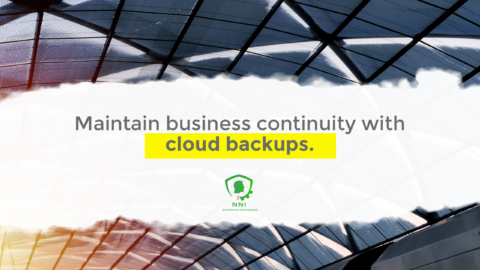Key Strategies for Streamlining Subscription Models
In today’s rapidly evolving business landscape, the question “How Companies can achieve efficient Subscription Management” has become increasingly relevant. As more businesses shift towards subscription-based models, the need for effective management strategies in this area is paramount.
The Rise of Subscription Models in Business
Subscription models are transforming traditional business operations, offering a consistent revenue stream and fostering long-term customer relationships. This model, prevalent in industries ranging from software to services, requires a unique approach to management that balances customer satisfaction with operational efficiency.
Understanding Customer Needs
Effective subscription management starts with a deep understanding of customer needs and preferences. Tailoring subscription options to meet these needs not only enhances customer satisfaction but also increases retention rates.
Change Management for Subscription Models
Adapting to Subscription Dynamics: The shift to a subscription model often requires significant changes in business operations. Effective change management is crucial to ensure a smooth transition, requiring clear communication, retraining of staff, and adjustments in business processes.
Effective Communication and Training
Leaders must effectively communicate the benefits and changes brought by the subscription model to their teams. Training sessions and workshops are essential to equip employees with the skills needed for managing subscription-based services.
Executive Coaching for Subscription Model Leadership
Executive coaching for subscription model leadership is increasingly becoming a focal point for businesses transitioning to or optimizing subscription-based models. In these models, success hinges not just on the quality of the product or service offered but also on how effectively the business engages and retains customers over time. Leaders in these environments face unique challenges, and executive coaching provides them with the targeted skills and strategies required to navigate and thrive in a subscription-based business landscape.
Subscription models are fundamentally different from traditional sales models in that they focus on customer retention and long-term relationships rather than one-time sales. This shift necessitates a change in mindset for leaders, who must now prioritize ongoing customer satisfaction and engagement. Executive coaching helps leaders develop this customer-centric approach, focusing on understanding and meeting customer needs continuously.
One key area where leaders in the subscription economy need guidance is in customer engagement strategies. Executive coaching can provide insights into creating and maintaining strong customer relationships, which are the backbone of any successful subscription model. This might involve training in communication skills, customer service excellence, and strategies for building community around a brand or product.
Data analysis is another critical area for leaders in subscription-based companies. Executive coaching in this realm focuses on equipping leaders with the skills to interpret and use customer data effectively. This data can provide invaluable insights into customer behavior, preferences, and trends, which can inform decision-making on everything from product development to personalized marketing strategies.
Effective decision-making in a subscription model is more complex and dynamic than in traditional business models. Leaders must make decisions that not only address immediate business needs but also consider long-term customer relationships. Executive coaching helps leaders develop this long-term strategic thinking, balancing short-term gains with sustainable growth.
Furthermore, the transition to a subscription model often requires significant organizational change. Executive coaching can guide leaders through this process, helping them manage the change effectively, communicate it to their teams, and integrate new processes and systems smoothly. This includes fostering an internal culture that aligns with the subscription model’s values and goals, such as customer-centricity, innovation, and flexibility.
In summary, executive coaching for subscription model leadership is crucial for businesses aiming to succeed in the subscription economy. It equips leaders with the skills and strategies needed to engage customers effectively, utilize data for informed decision-making, and navigate the complexities of subscription-based business operations. This specialized coaching ensures that leaders are not only able to adapt to the subscription model but can also drive their businesses toward long-term success and growth in this dynamic environment.
Developing Data-Driven Decision-Making Skills
Data is at the heart of subscription management. Leaders need to develop skills in analyzing customer data to make informed decisions about pricing, customer segmentation, and service improvements.
Utilizing Technology for Efficient Subscription Management
Technology plays a crucial role in managing subscriptions effectively. Implementing the right software tools can automate billing processes, track customer usage patterns, and provide valuable insights into customer behavior.
Investing in the Right Subscription Management Tools
Choosing the right subscription management tools is critical. These tools should offer scalability, robust data analytics, and seamless integration with other business systems.
Conclusion: Navigating the Subscription Economy with Precision and Strategy
In conclusion, efficient subscription management is key to thriving in the modern subscription economy. Companies need to embrace change management, invest in executive coaching, and leverage technology to manage their subscription models effectively. By doing so, they can unlock new revenue streams, build stronger customer relationships, and drive sustainable business growth.
#SubscriptionManagement, #BusinessGrowth, #DigitalTransformation, #CustomerEngagement, #LeadershipStrategy











